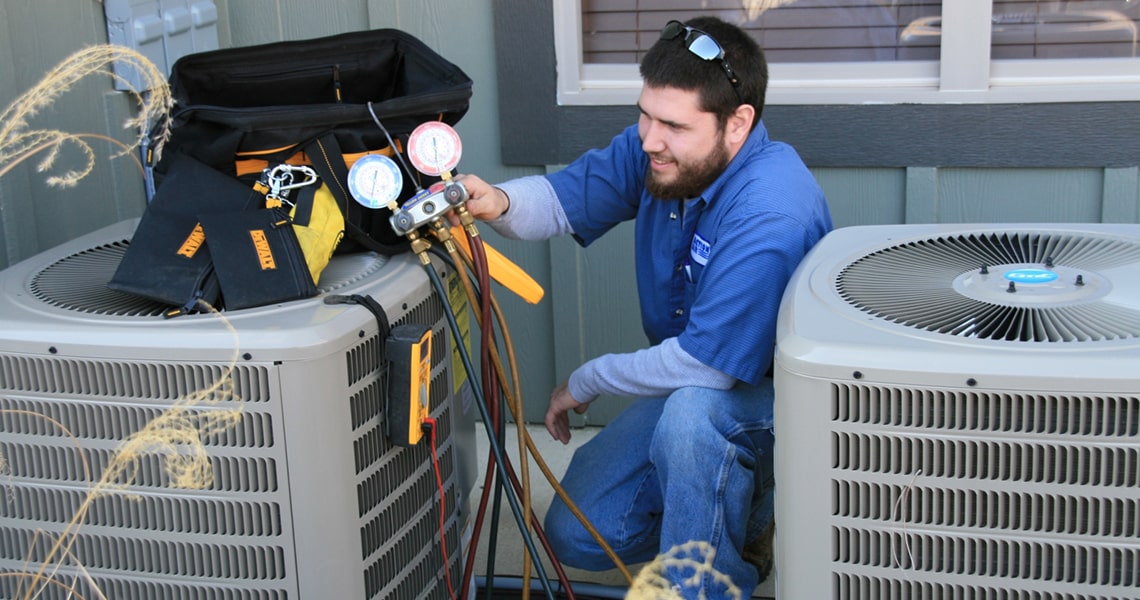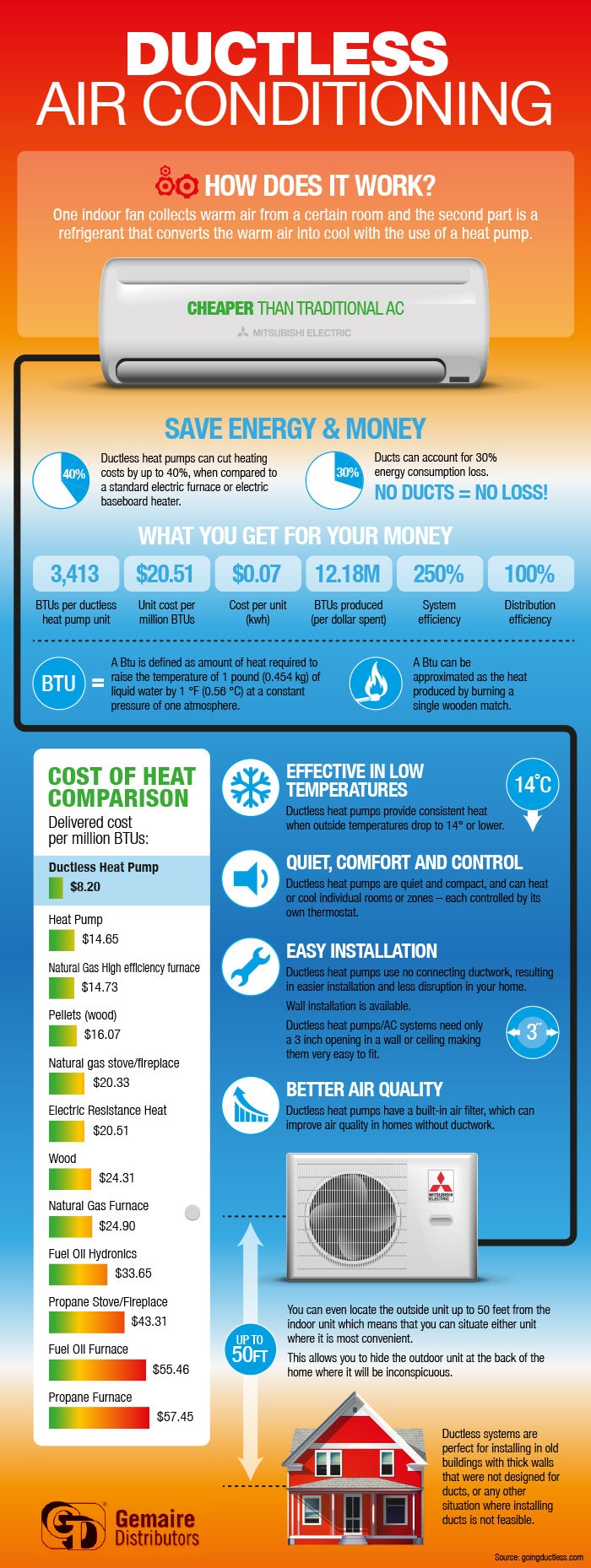If you've ever before experienced a situation where the a/c in your skyscraper appeared to be blowing warm air regardless of the thermostat being set to cool, you might be accustomed to one of the common issues dealt with in such frameworks.
Nonetheless, this issue is just the pointer of the iceberg when it concerns the intricacies of cooling repair services in tall buildings. Comprehending the complex interaction in between different elements influencing HVAC systems in high-rises is crucial for efficient troubleshooting and maintenance.
Secret Takeaways
- Weak air flow in high-rises indicates ductwork design issues.
- Thermostat calibration is essential for precise temperature control.
- Refrigerant leakages impact effectiveness and require prompt sealing.
- Proper maintenance of condensate water drainage avoids obstructions in high buildings.
Inadequate Air flow
If you see weak airflow in your high-rise building, maybe a sign of underlying problems with the air conditioning system. Typical sources of poor air movement frequently stem from air movement constraints within the ductwork layout. These restrictions can take place because of various factors such as blockages, improper sizing of ducts, or even bends and turns in the ductwork that hinder the smooth circulation of air.
One of the primary aspects adding to air movement limitations is the style of the ductwork. Inadequately created air duct systems can cause uneven distribution of air throughout the building, causing specific locations receiving insufficient air conditioning or heating. Furthermore, poor insulation or leaking air ducts can additionally intensify airflow concerns, causing power wastage and discomfort for occupants.
To resolve airflow issues efficiently, it is very important to have actually the ductwork checked by an expert heating and cooling specialist. They can identify any limitations, leaks, or layout imperfections and advise ideal remedies to optimize air flow and boost the total efficiency of the air conditioning system in your skyscraper.
Thermostat Malfunctions
When experiencing thermostat breakdowns in high-rise buildings, professional intervention is vital to guarantee the performance of the air conditioning system. Defective circuitry can result in imprecise temperature analyses, creating irregular temperature levels throughout the building. Sensing unit calibration is crucial to guarantee that the thermostat accurately reflects the ambient temperature, preventing unneeded cooling or heating. Additionally, concerns with sensing unit calibration can cause the system running longer than required, affecting power effectiveness.
To deal with thermostat malfunctions effectively, consider the following:
- Check for faulty wiring that might be causing temperature level discrepancies.
- On a regular basis adjust sensing units to keep precise temperature analyses.
- Maximize thermostat setups for enhanced power effectiveness.

- Make certain appropriate installment of the thermostat to avoid breakdowns.
- Speak with heating and cooling specialists to diagnose and fix intricate thermostat concerns promptly.

Cooling agent Leaks
Dealing with cooling agent leaks quickly is essential for keeping the effectiveness of your a/c system in high-rise buildings. Cooling agent plays an essential duty in the cooling procedure by soaking up and launching warm, yet leaks can interrupt this cycle. When refrigerant leaks take place, the system's performance decreases, leading to greater energy usage and lowered cooling ability. Monitoring cooling agent stress is crucial to identifying leaks at an early stage. A drop in pressure can indicate a leak, motivating timely repair services to avoid more damage.
Leak detection strategies such as utilizing digital leakage detectors or ultraviolet color can aid pinpoint the source of the leakage. When identified, the leakage ought to be secured promptly to prevent refrigerant loss and assure the very best system efficiency. Normal maintenance checks can additionally help prevent leaks by determining potential weak points in the system before they end up being major issues. By dealing with refrigerant leakages promptly and applying appropriate leakage detection steps, you can keep the performance of your a/c system in high-rise buildings and avoid expensive repairs down the line.
Uneven Air Conditioning Distribution
Preserving regular airflow is necessary for attaining even cooling distribution in skyscrapers. When unequal cooling occurs, certain areas may come to be annoyingly warm while others stay cold, resulting in renter discontentment.
To address this issue properly, think about the following:
- Thermostat Positioning: Validate thermostats lie far from heat sources or chilly drafts to precisely assess the temperature level and control cooling.
- Stabilizing Dampers: On a regular basis check and change balancing dampers to manage the amount of air flow per location, advertising well balanced cooling throughout the structure.
- Correct Insulation: Check insulation around ductwork to avoid air leak, maintaining the most effective temperature level control and reliable air circulation.
- Air Filter Upkeep: Clean or change air filters regularly to prevent obstructions that can prevent airflow and restrain also cooling circulation.
- HVAC System Zoning: Make use of zoning systems to divide the building into different locations with individual temperature controls, ensuring each room gets the ideal amount of air conditioning.
Condensate Drain Issues
Regularly check and clear condensate drain systems to prevent prospective blockages and warranty top functioning in skyscrapers. Obstructed pipelines are a common issue in cooling systems, especially in skyscrapers where the condensate drain lines can run long distances. To stay clear of blockages, it's critical to set up regular maintenance checks.
Beginning by aesthetically examining the drainage lines for any indications of blocking or buildup. Furthermore, purge the lines with a mixture of water and bleach to stop algae and mold development, which can cause clogs.
Maintenance pointers for condensate drainage systems consist of installing a drain pan treatment to stop microbial growth, consistently transforming air filters to preserve correct airflow, and making certain that the drainage lines have appropriate slope for water to flow openly.
If you notice any signs of a blocked condensate drain, such as water leaks or reduced cooling effectiveness, address the problem without delay to avoid additional damage to the HVAC system. By staying proactive with upkeep, you can stop expensive fixings and assurance reliable operation of the air conditioning system in high-rise buildings.
Frequently Asked Inquiries
Can Air Conditioning Repairs in High-Rise Buildings Be More Pricey Than in Single-Family Homes or Low-Rise Structures?
Air conditioning repair work in skyscrapers can without a doubt be more expensive compared to single-family homes or low-rise buildings. The complexity of the systems and the difficulty in accessing devices in high structures can drive up the fixing expenses.
To reduce these expenses, take into consideration regular maintenance pointers like transforming filters regularly and scheduling specialist evaluations. Preventive treatment can assist determine issues early and prevent expensive repair work down the line.
How Can Locals in Skyscraper Make Certain Proper Maintenance of Their Cooling Solutions to Prevent Usual Issues?
To ensure your air conditioning system in a high-rise building runs smoothly, adhere to these maintenance pointers.
Maintain filters clean to enhance energy efficiency and air quality. Look for leaks on a regular basis and routine specialist assessments each year. Utilize a dehumidifier to regulate humidity levels.
Exist Any Type Of Certain Challenges or Difficulties Related To Fixing A/c Equipments in Skyscraper Contrasted to Other Types of Structures?
When repairing cooling systems in high-rise buildings, there specify challenges to take into account. Security policies need to be strictly followed to guarantee the health of citizens and workers. home ac repair
Accessibility obstacles might emerge because of the elevation of the building, making it harder to reach particular areas for upkeep.
Noise worries are additionally prevalent as the noise from the system can take a trip conveniently in between floorings.
Keeping energy effectiveness is critical in these high frameworks to keep prices down.
What Are Some Possible Long-Term Outcome of Neglecting A/c Fixes in a Skyscraper?
If you neglect air conditioning fixings in a high-rise building, prospective risks can include decreased power performance, leading to greater utility prices.
Additionally, poor maintenance can impact indoor air quality, causing pain and health issues for residents.
It's essential to deal with these issues immediately to assure the correct functioning of the system and keep a comfy setting for everyone in the building.
Are There Any Specific Regulations or Structure Codes That Govern A/c Repairs in High-Rise Buildings That Homeowners Should Understand?
When it involves cooling repairs in skyscrapers, citizens need to know certain policies and building codes. These standards control the maintenance of cooling and heating systems, guaranteeing safety and efficiency.
Final thought
On the whole, preserving proper air conditioning in high-rise buildings can be a challenge as a result of usual issues like insufficient airflow, thermostat malfunctions, cooling agent leakages, irregular cooling circulation, and condensate drainage concerns.
Normal upkeep and timely repair work are crucial to ensure the convenience and safety of owners. By dealing with these concerns in a timely way, structure owners can stop pricey fixings and protect a pleasurable indoor setting for all citizens.
